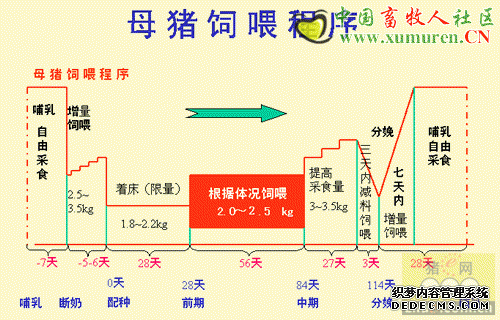By Lee Whittington, BSc MBA and Stéphane Lemay Ph.D P.Eng - This article is from Prairie Swine Center and looks at manure management and the contribution of the pork industry to the odour, gas and particulate composition of air around pig barns.
Animal production units and manure storage structures are fixed, permanent sources of various gas emissions. Since animal digestive processes are incomplete, and because microorganisms are present in the feces, there is a substantial amount of organic matter contained in the manure, the decomposition of which can result in a number of gaseous by-products including acidifying gases such as ammonia (NH3), greenhouse gases (GHG), including carbon dioxide (CO2), methane (CH4), nitrous oxide (N2O), toxic gases such as hydrogen sulphide (H2S), and offensive odours.
Management and storage of manures inevitably contributes to the increase in GHG concentrations of animal origin resulting from agriculture, primarily in the industrialized countries where a large proportion of livestock production is intensive. It has been estimated that production buildings are responsible for 50% of the total GHG emissions of intensive livestock operations, with the storage of liquid manure and its land application each accounting for 25% of total emissions (Zhang and Gaakeer, 1998).
The contribution of the pork industry to the odour, gas and particulate composition of air around pig barns can be debated at length. The role of science in these debates is the subject of an increasing amount of research at Prairie Swine Centre. Not only does this new information provide 憆eal?numbers and potential remedies, it also serves as an example of the industry抯 responsiveness to external concerns when the information is are more readily accessible to a broad group of industry stakeholders.
The Green House Gas Mitigation Program for Canadian Agriculture combines best management practices with demonstration and communication programs aimed at introducing developing technologies to the industry. Prairie Swine Centre and the Pork Industry Interpretive Centre were recently confirmed as one of the sites in Canada that will be demonstrating these new technologies.
The approach includes a three year program to demonstrate the following technologies; 1) synthetic covers for earthen manure storages (EMS), 2) reduction of Green House Gases through diet manipulation, 3) installation and monitoring of shelter belt influence on air quality, and 4) make the findings available via a combination of on-site demonstration, written and electronic communication with pork producers and other visitors to the Interpretive Centre.
Manure Storage Covers
The first step in achieving a better understanding of the contribution of the earthen manure storage is already underway. In July, a floating cover was installed on the two-cell 4 million gallon EMS at the Elstow Research Farm. This plastic cover weighs approximately 8,000 kg and is buried around the perimeter of the cells to form an airtight seal.
The installation of 6, 1/3 horsepower fans provides a vacuum under the cover, sealing the plastic against the liquid and preventing contact between the liquid and the air passing over the EMS, thus reducing the opportunity for odours or other gases to escape. It has been estimated that 50-60% of the nitrogen stored in the EMS is lost each year as ammonia. These losses represent a significant decrease in manure value as a fertilizer, while increasing the manure N:P ratio, making manure phosphorous management more challenging. In addition, the covers eliminate rain water from entering the EMS, thus reducing hauling and injection costs.
Diet Manipulation
Oversupply of nutrients in the diet of the growing-finishing hog is a source of emissions. These nutrients, and their associated costs, can be reduced through incorporating current information on diet management. For instance, substitution of protein sources like soybean meal with synthetic amino acids reduces the available nitrogen in the urine and feces.
Low protein diets (16.0%) may reduce GHG production by finishing pigs by at least 25% (Atakora et al., 2003), compared to the conventional diets (19.3% protein). The daily gain, nutrient digestibility and protein retention were not affected by the diet. The CO2 production was reduced by 3.8%, likely as a result of an improved utilization of dietary energy (M鰄n and Susenbeth, 1995). Low protein diets reduced methane (CH4) production by 27.3%, and N excretion by 24%. Reducing the N excretion by the pig may reduce nitrous oxide (N2O) emissions from the manure (Misselbrook et al., 1998).
声明
来源:互联网
本文地址:http://farm.00-net.com/yz/zhu/5/2007-09-20/142365.html








